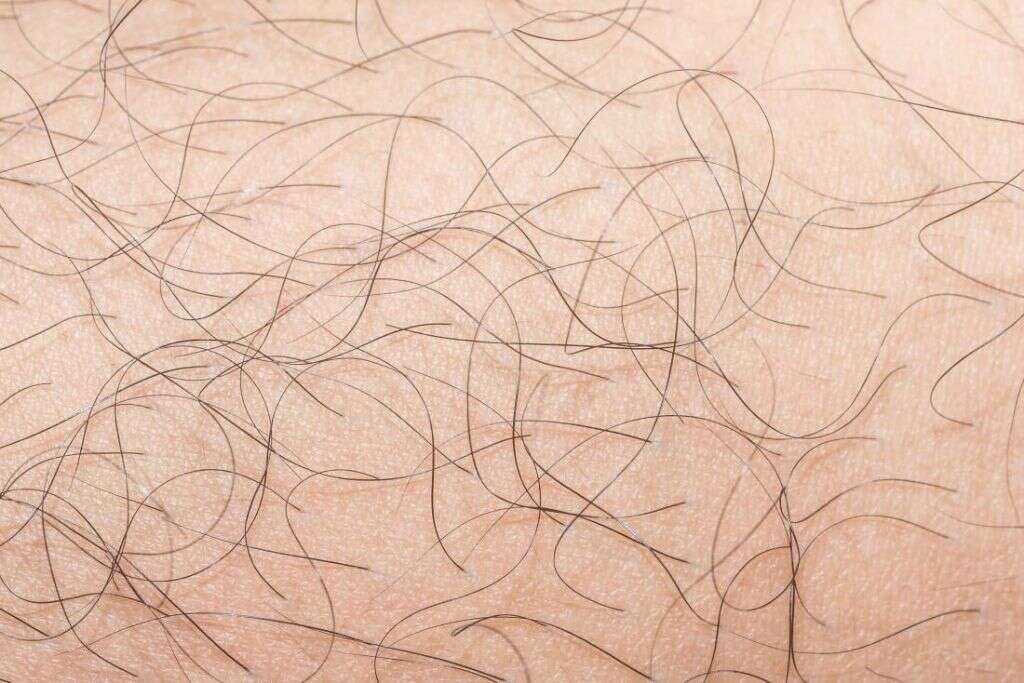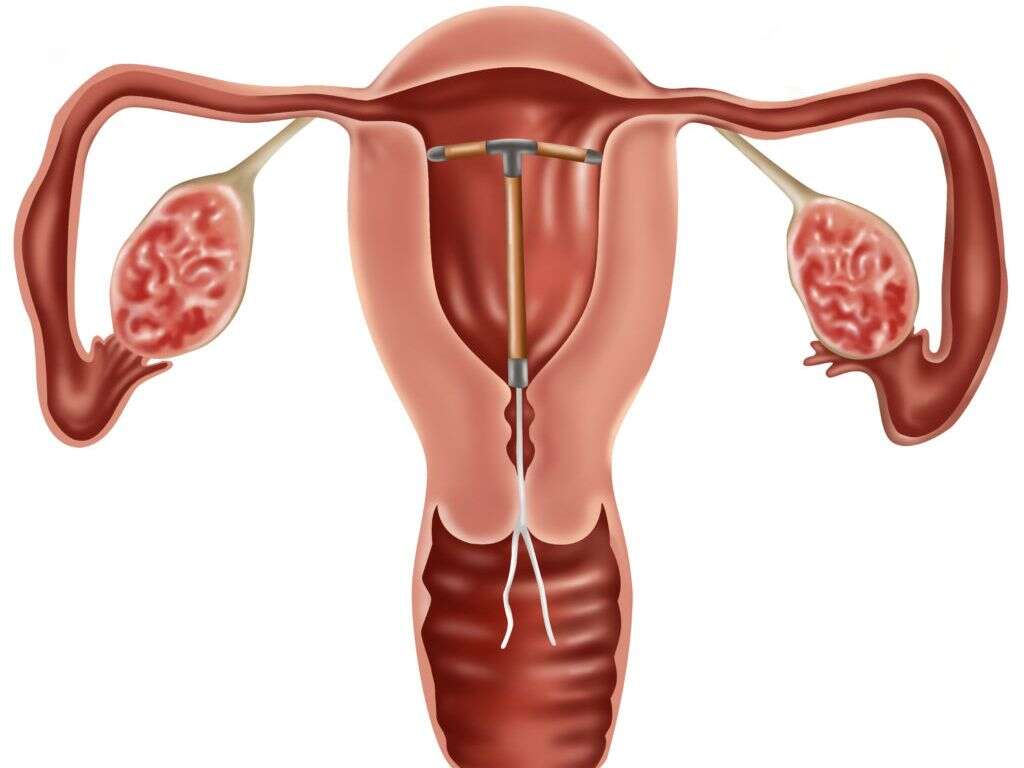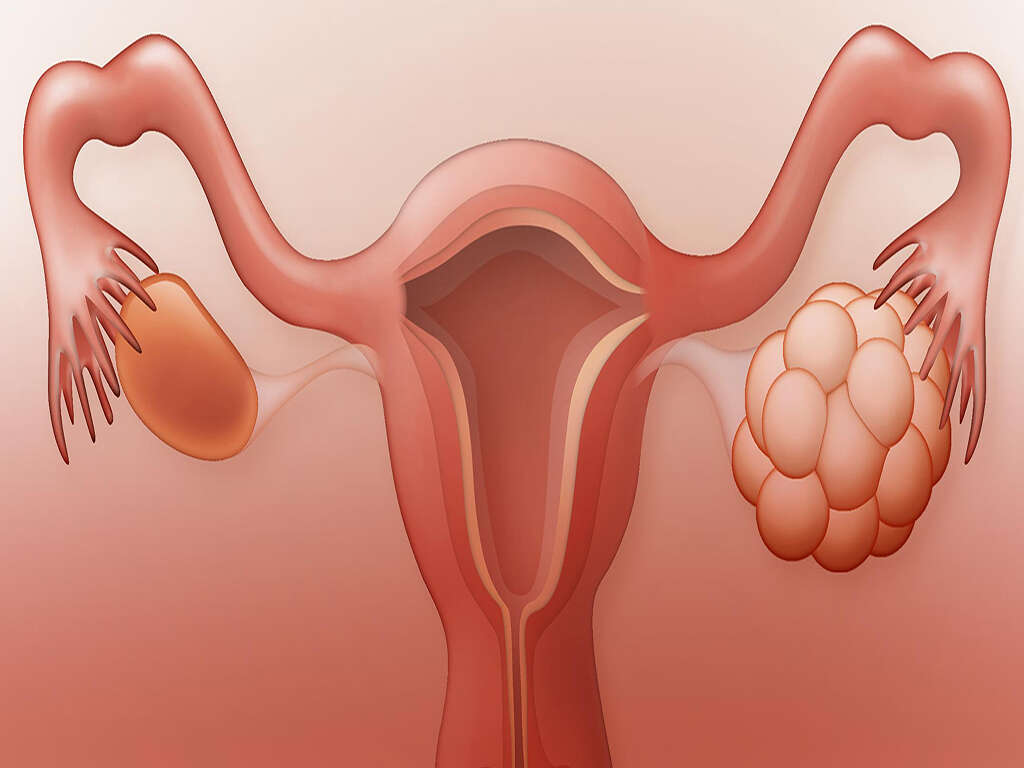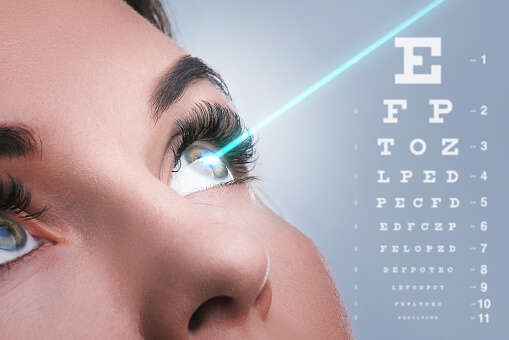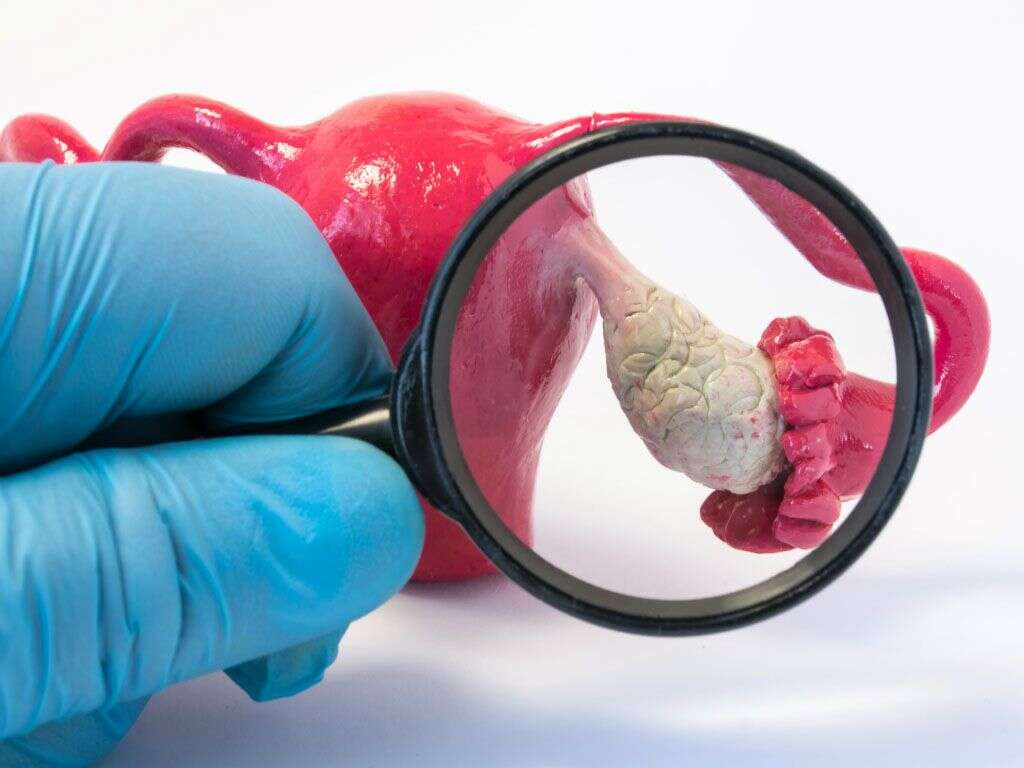Polycystic Ovary Syndrome Symptoms
 Article Sources
Article Sources
- 1. Aboud AL AM, Zito PM. Alopecia. [Updated 2020 Jun 29]. In: StatPearls [Internet]. Treasure Island (FL): StatPearls Publishing; 2020 Jan-. Available from: https://www.ncbi.nlm.nih.gov/books/NBK538178/
- 2. Gibson E, Mahdy H. Anatomy Abdomen and Pelvis, Ovary. [Updated 2019 Aug 10]. In: StatPearls [Internet]. Treasure Island (FL): StatPearls Publishing; 2020 Jan-. Available from: https://www.ncbi.nlm.nih.gov/books/NBK545187/
- 3. Harris, H R et al. “Long and irregular menstrual cycles, polycystic ovary syndrome, and ovarian cancer risk in a population-based case-control study.” International journal of cancer vol. 140,2 (2017): 285-291. doi:10.1002/ijc.30441
- 4. Johansson, Julia, and Stener-Victorin, Elisabeth. “Polycystic ovary syndrome: effect and mechanisms of acupuncture for ovulation induction.” Evidence-based complementary and alternative medicine : eCAM vol. 2013 (2013): 762615. doi:10.1155/2013/762615
- 5. Keen, Mohammad Abid et al. “Cutaneous Manifestations of Polycystic Ovary Syndrome: A Cross-Sectional Clinical Study.” Indian dermatology online journal vol. 8,2 (2017): 104-110. doi:10.4103/2229-5178.202275
- 6. Legro RS. Evaluation and Treatment of Polycystic Ovary Syndrome. [Updated 2017 Jan 11]. In: Feingold KR, Anawalt B, Boyce A, et al., editors. Endotext [Internet]. South Dartmouth (MA): MDText.com, Inc.; 2000-. Available from: https://www.ncbi.nlm.nih.gov/books/NBK278959/
- 7. Ndefo, Uche Anadu et al. “Polycystic ovary syndrome: a review of treatment options with a focus on pharmacological approaches.” P & T : a peer-reviewed journal for formulary management vol. 38,6 (2013): 336-55.
- 8. Pandey A, Sonthalia S. Skin Tags. [Updated 2020 Jun 1]. In: StatPearls [Internet]. Treasure Island (FL): StatPearls Publishing; 2020 Jan-. Available from: https://www.ncbi.nlm.nih.gov/books/NBK547724/
- 9. Rasquin Leon LI, Mayrin JV. Polycystic Ovarian Disease (Stein-Leventhal Syndrome) [Updated 2019 Dec 8]. In: StatPearls [Internet]. Treasure Island (FL): StatPearls Publishing; 2020 Jan-. Available from: https://www.ncbi.nlm.nih.gov/books/NBK459251/
- 10. Spritzer PM, Barone CR, Oliveira FB. Hirsutism in Polycystic Ovary Syndrome: Pathophysiology and Management. Curr Pharm Des. 2016;22(36):5603-5613. doi:10.2174/1381612822666160720151243
5. Dark, Coarse Body Hair
Women with dark, coarse body hair that grows in places typical of a man (upper lip, back, etc.) are often described to have hirsutism. It is caused by increased testosterone levels in a woman’s body. This is usually treated with medications and the particular one prescribed will be based on why the testosterone levels are so high in the first place.10Spritzer PM, Barone CR, Oliveira FB. Hirsutism in Polycystic Ovary Syndrome: Pathophysiology and Management. Curr Pharm Des. 2016;22(36):5603-5613. doi:10.2174/1381612822666160720151243
High testosterone levels are one of the most common characteristics of PCOS.7Ndefo, Uche Anadu et al. “Polycystic ovary syndrome: a review of treatment options with a focus on pharmacological approaches.” P & T : a peer-reviewed journal for formulary management vol. 38,6 (2013): 336-55. These high levels are responsible for the 78% of people with PCOS who have hirsutism5Keen, Mohammad Abid et al. “Cutaneous Manifestations of Polycystic Ovary Syndrome: A Cross-Sectional Clinical Study.” Indian dermatology online journal vol. 8,2 (2017): 104-110. doi:10.4103/2229-5178.202275 and, in fact, PCOS is the most common cause of hirsutism.10Spritzer PM, Barone CR, Oliveira FB. Hirsutism in Polycystic Ovary Syndrome: Pathophysiology and Management. Curr Pharm Des. 2016;22(36):5603-5613. doi:10.2174/1381612822666160720151243
Advertisement
